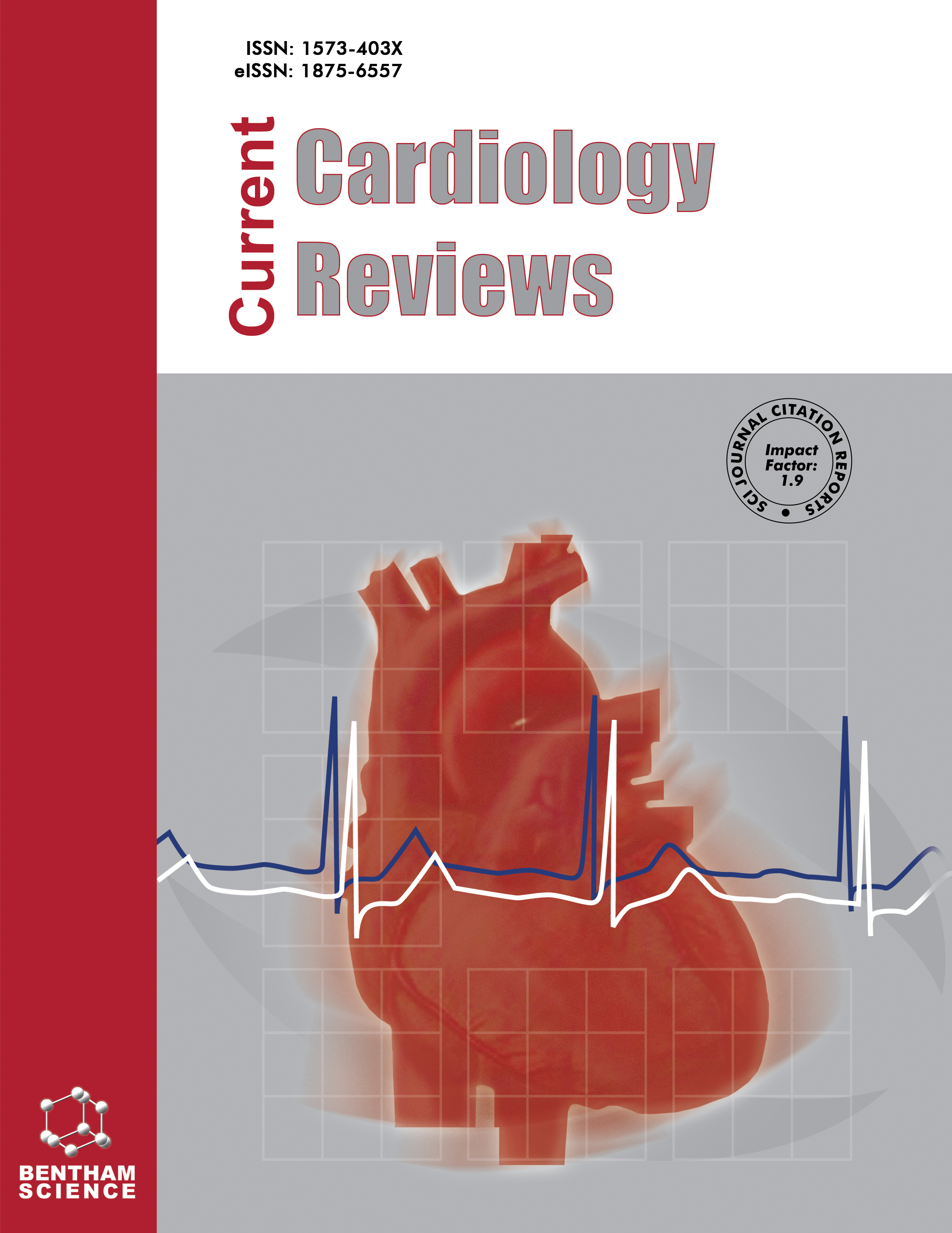
Full text loading...
We use cookies to track usage and preferences.I Understand
The coexistence of cancer and heart disease, both prominent causes of illness and death, is further exacerbated by the detrimental impact of chemotherapy. Anthracycline-induced cardiotoxicity is an unfortunate side effect of highly effective therapy in treating different types of cancer; it presents a significant challenge for both clinicians and patients due to the considerable risk of cardiotoxicity. Despite significant progress in understanding these mechanisms, challenges persist in identifying effective preventive and therapeutic strategies, rendering it a subject of continued research even after three decades of intensive global investigation. The molecular targets and signaling pathways explored provide insights for developing targeted therapies, emphasizing the need for continued research to bridge the gap between preclinical understanding and clinical applications. This review provides a comprehensive exploration of the intricate mechanisms underlying anthracycline-induced cardiotoxicity, elucidating the interplay of various signaling pathways leading to adverse cellular events, including cardiotoxicity and death. It highlights the extensive involvement of pathways associated with oxidative stress, inflammation, apoptosis, and cellular stress responses, offering insights into potential and unexplored targets for therapeutic intervention in mitigating anthracycline-induced cardiac complications. A comprehensive understanding of the interplay between anthracyclines and these complexes signaling pathways is crucial for developing strategies to prevent or mitigate the associated cardiotoxicity. Further research is needed to outline the specific contributions of these pathways and identify potential therapeutic targets to improve the safety and efficacy of anthracycline-based cancer treatment. Ultimately, advancements in understanding anthracycline-induced cardiotoxicity mechanisms will facilitate the development of more efficacious preventive and treatment approaches, thereby improving outcomes for cancer patients undergoing anthracycline-based chemotherapy.

Article metrics loading...

Full text loading...
References


Data & Media loading...

